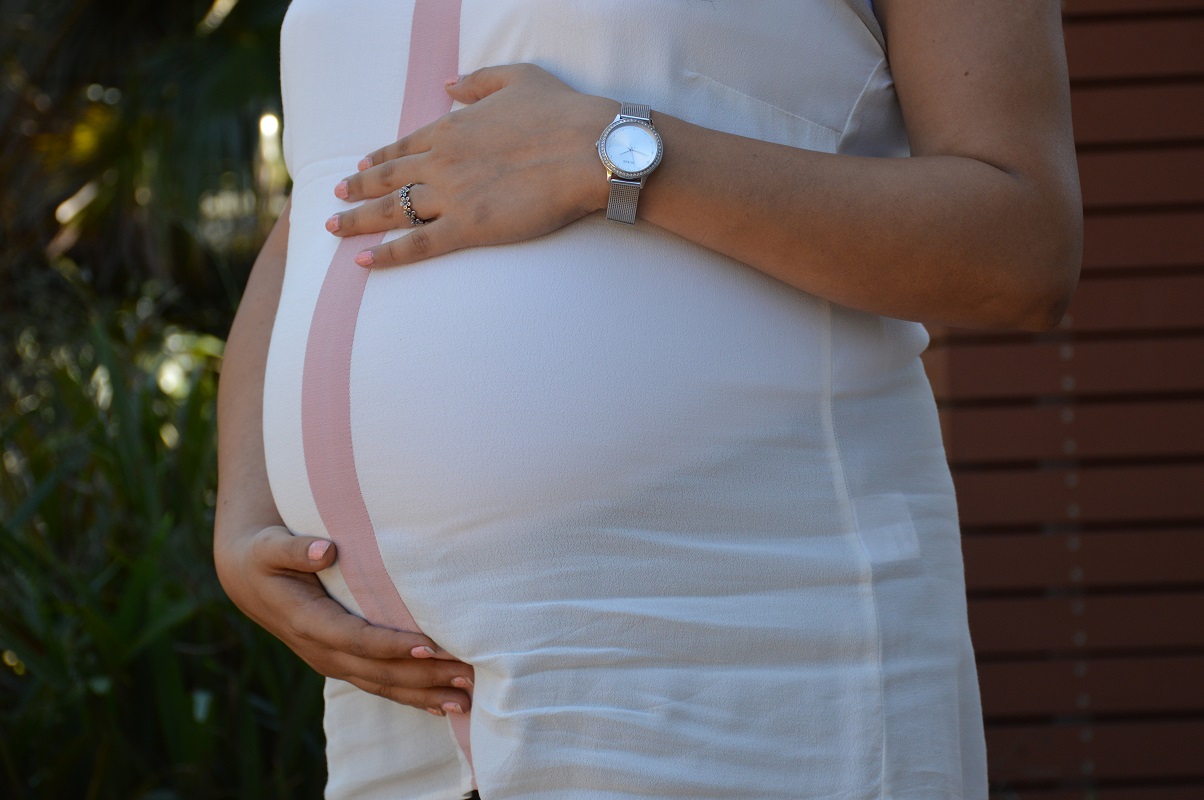Media release
From: Menzies School of Health ResearchA study investigating the impact of maternal anaemia in pregnancy on infant anaemia has found it to be a more significant risk factor than being born premature or low birth weight (LBW).
The study is the first to identify the association of maternal anaemia with childhood anaemia in Aboriginal women and their children. This study, if supported by findings from other regions, has public health implications for reviewing practice and policy guidelines.
Led by Menzies School of Health Research (Menzies), the study linked maternal and child data from 170 mother/child dyads in three remote Katherine East Aboriginal communities in the Northern Territory (NT) to provide a longitudinal view of each child for the first 1000 days from conception to two years of age.
Working in collaboration with Menzies, lead author and medical registrar at Royal Darwin Hospital, Dr Martin Hansen said the study found a high prevalence of maternal anaemia in pregnancy in the communities and a strong correlation between maternal haemoglobin in the third trimester of pregnancy and an infant’s haemoglobin at age six months.
“Maternal anaemia in pregnancy, which has considerable adverse outcomes for both mother and infant, is most commonly linked to iron deficiency.
“We found a prevalence of 62 per cent of maternal anaemia in pregnancy in these communities which is alarmingly high,” Dr Hansen said.
“We also found that the odds of a child developing anaemia at age six months was four folds greater if their mother had anaemia in the third trimester of pregnancy compared with those born to non-anaemic mothers. The odds substantially increased if maternal anaemia in third trimester was not treated.
“In addition, the study found maternal anaemia in pregnancy was associated with increased odds of childhood anaemia at 12 and 24 months of age.
“Our findings are important and highlight the need for a renewed focus on implementing and reporting anaemia screening, prevention and treatment in pregnancy.”
Co-author and Menzies principal investigator, Dr Thérèse Kearns said that this study identified two significant findings: An unacceptably high prevalence of maternal anaemia in pregnancy and that maternal anaemia in pregnancy is associated with infant anaemia which has not previously been considered as a risk factor contributing to the high incidence and prevalence of anaemia in NT Aboriginal and Torres Strait Islander children.
Dr Kearns highlighted the importance of considering maternal anaemia in pregnancy in best practice guidelines for iron supplementation to pregnant women and infants.
“Iron supplementation is effective in preventing iron deficiency anaemia but is not currently recommended as a routine supplement for NT Aboriginal and Torres Strait Islander women during pregnancy or their infants,” Dr Kearns said.
“Current policy and best practice guidelines for children focus exclusively on LBW and infants born premature in their identification of infants at risk.
“Our study indicates that the current practice of administering prophylactic iron supplementation at one-month of age only to children who are born with a low birth weight or premature would be of greater benefit if expanded to include children born to anaemic mothers.”
The study, Maternal Anaemia in Pregnancy: A Significantly Greater Risk Factor for Anaemia in Australian Aboriginal Children than Low Birth Weight or Prematurity, was recently published in the Maternal and Child Health Journal.
The study was led by Menzies in collaboration with Sunrise Health Services Aboriginal Corporation and funded by Lowitja Institute.
The full paper can be found here.
-ENDS-


